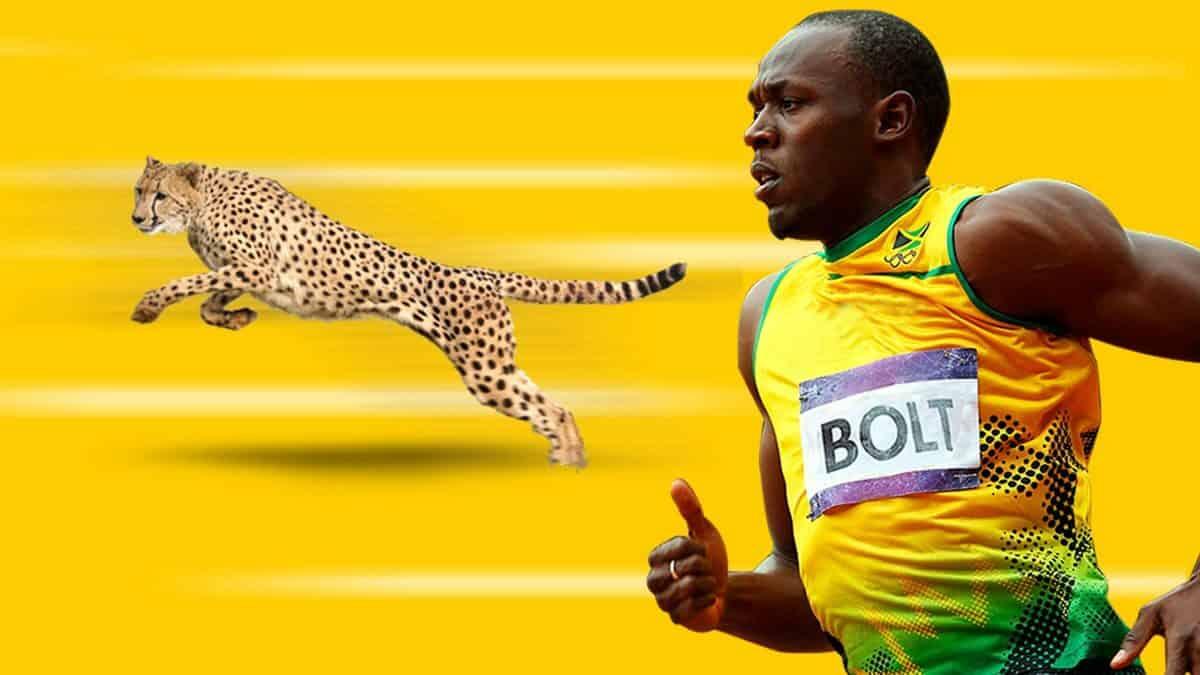Fleas vary in size quite considerably. In the UK, the Cat Flea is one of the smallest at about 2.5mm long. On the other end of the scale, a heavily pregnant female Human Flea clocks in at an earth-shaking 4mm or so.
Elsewhere in the world, the largest known flea is the Hystrichopsylla schefferi — a flea found in the nest of a mountain beaver in Washington State, USA. It can grow up to 8mm long and has been known to bite a man’s arm off at the shoulder blade (Ed’s note: OK, there’s a certain amount of poetic licence there — but they do grow to 8mm).
Britain’s largest flea is, coincidentally, a parasite of Britain’s smallest mammal. Hystrichopsylla talpae (usually found on moles) grow to a length of 6.5mm and can be found on the pygmy shrew. Pity the poor pygmy shrew; in relative terms, it would be the same as a man being attacked by a blood-sucking rat.
In nearly all species, the female is larger than the male.
The flea has a considerable number of relatives. There are more than 2000 different species of flea around the world.
63 species of flea are found in the UK. About 10 of those could be found in homes.
In our own homes, the theoretical number of flea eggs left around your house after three days of an infestation of 500 fleas is 20,000.
The flea most commonly found on cats and dogs in this country is the Ctenocephalides felis (the cat flea to you or I).
The largest ever recorded infestation of human fleas in the UK was found at a pig farm in 1986. It reportedly turned an area the size of a tennis court brown. We estimate that to cover an area of that size, this particular flea family must have numbered around 133,378,450!
It is now extremely rare to find a human flea on a human (or, for that matter, a cat or a dog) in the UK — due to increased hygiene standards.
Fleas can bite up to 400 times a day!
Fleas can jump …
a distance that measures 150 times their own size.
30,000 times in a row without stopping.
in opposite direction (left and right) with every jump.
A female flea consumes 15 times her own body weight in blood every day.
A female flea can lay 2,000 eggs.
Just one flea can multiply to 1,000 fleas on your pet and in your home in 21 days.
Flea fossils date all the way back to the Lower Cretaceous period … about 100 million years!
On average, a flea lives 2-3 months.
Adult fleas spend most of their lives feasting on your pet.
All of these facts mean one thing: fleas are tough to deal with.
Fleas vary in size quite considerably – the Cat Flea is one of the smallest at about 2.5mm long, whilst a heavily pregnant female Human Flea could be as big as 4mm!
The largest known flea in the world is the Hystrichopsylla schefferi — a flea found in the nest of a mountain beaver in USA. It can grow up to 8mm long.
Britain’s largest flea is, coincidentally, a parasite of Britain’s smallest mammal.
Hystrichopsylla talpae (usually found on moles) grow to a length of 6.5mm and can be found on the pygmy shrew…
It is now extremely rare to find a human flea on a human (or, for that matter, a cat or a dog) in the UK — due to increased hygiene standards.
Top Flea Facts
- Fleas can jump a distance that measures 150 times their own size.
- They can also jump 30,000 times in a row without stopping – and in opposite direction (left and right) with every jump.
- A female flea consumes 15 times her own body weight in blood every day.
- Flea fossils date all the way back to the Lower Cretaceous period … about 100 million years!
- A flea will live for 2 to 3 months.
You can subscribe to the Extreme Athletes on Fun Kids podcast channel for FREE in:
…or you can listen here:
Extreme Athletes!
It's mankind versus mammal-kind in this podcast series, where we pit some of our greatest athletes against some of nature's greatest animals!
EXPLORE THIS SERIES DOWNLOAD ON iTUNES



